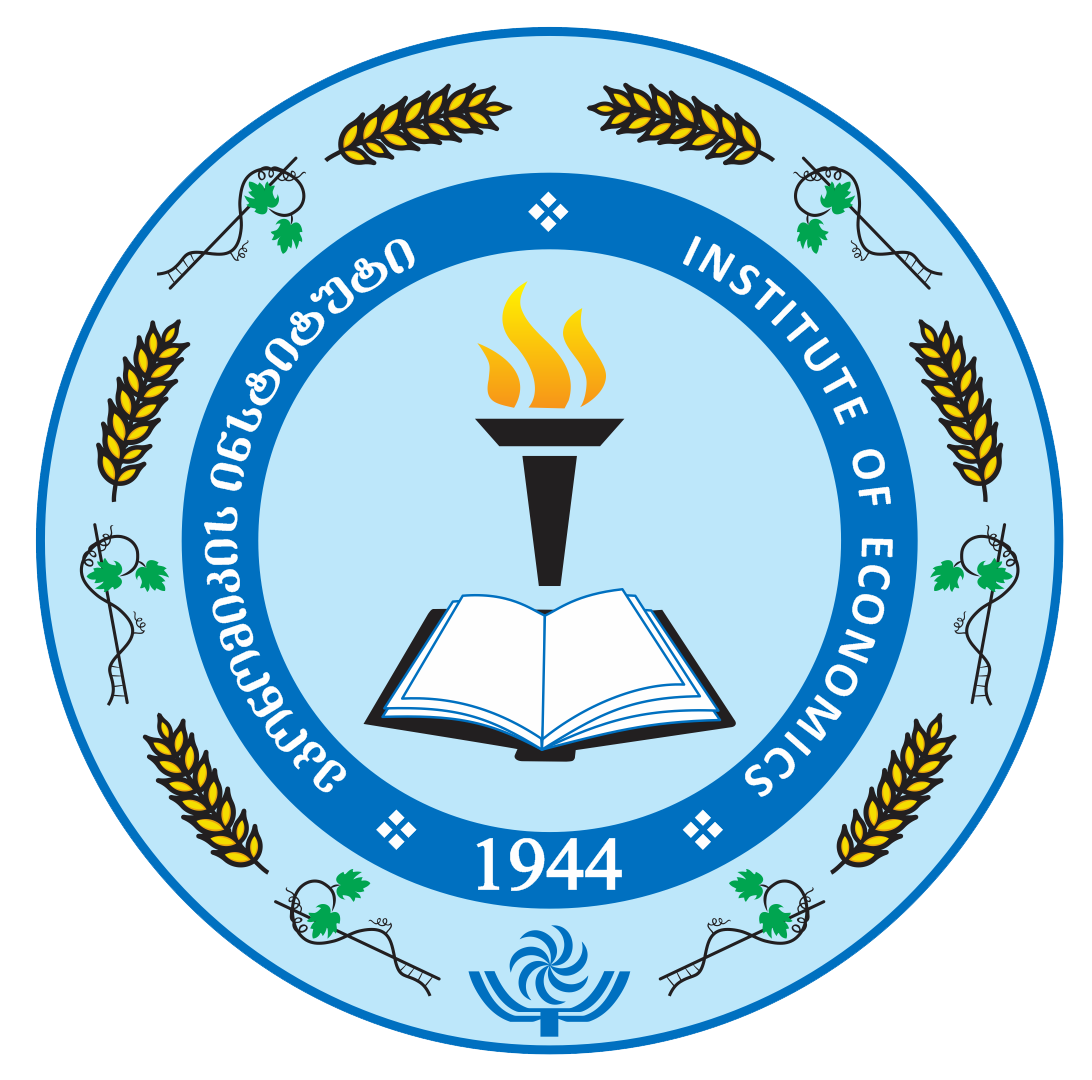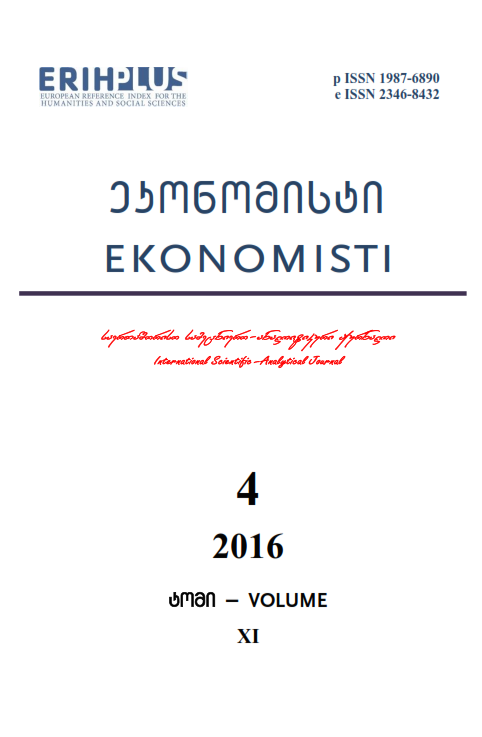
The international scientific and analytical, reviewed, printing and electronic journal of Paata Gugushvili Institute of Economics of Ivane Javakhishvili Tbilisi State University

Prospects of Meat Production in Georgia
DOI: 10.36172/EKONOMISTI.2024.XX.03.KOGUASHVILI.RAMISHVILI
Summary
The rate of meat consumption can be used to judge the economic development of this or that country. World practice confirms that the meat consumption indicator is one of the most important indicators of human well-being. If the population of a particular country is not vegetarian due to food traditions and the rate of meat consumption there is low, then it can be said unequivocally that this country cannot boast of the level of economic development, and on the contrary, a high rate of meat consumption indicates a good state of socio-economic development.
An essential condition for the growth of meat production is that, depending on the food culture of the country's population, this product should be significantly present in its diet. However, this is not enough. It is also necessary that the country has sufficient resources for the development of animal husbandry. If these two conditions exist, then it will be an economic failure if animal husbandry is not well developed in such a state. In the research presented below, we will try to demonstrate the extent to which Georgia has the potential for meat production and whether it can meet the demand based on the physiological norms of nutrition of the local population with its resources.
In the current period, special importance is attached to achieving the appropriate level of physiological norms of meat consumption in Georgia, which is 65 kg per head of the population. In our opinion, the proportions established as a result of the influence of market forces in the consumption of different types of meat should not change significantly, although some adjustments are permissible. The authors provide the optimal structure of meat consumption for the average citizen of Georgia, which is expressed as follows: 50% of consumption should come from poultry meat, 19% from pork meat, 25% from cattle meat, and the remaining 6% from sheep, goat and goat meat. It should also be taken into account that the consumption of meat in Georgia should increase by approximately 25 kilograms per head of the population (as of the actual situation of 2022), which makes the fulfillment of the physiological norm of nutrition a reality.
The fact that 50% of the meat consumed in Georgia comes from poultry meat has several important justifications. First of all, this is a historical tradition and food culture of Georgians, in addition, it is worth noting that poultry meat is one of the most dietary, at the same time, the production of 1 kg of this product, a relatively small amount of feed is needed, and the development of poultry farming in our country can be based on imported grains. Therefore, the fact that when the consumption of meat per capita in Georgia reaches 65 kg, 32.5 kg of it will be a completely optimal indicator. It should come from poultry meat.
30% of the total annual actual consumption of pork comes from the meat ration of a modern statistical average Georgian (19% should be considered optimal, which is about 12.35 kg in absolute terms). Beef is 20% of the actual annual meat consumption (the optimal consumption should be 16.25 kilograms). As for the annual target amount of consumption of goat, sheep, and goat meat according to the physiological norms of nutrition, it should be about 4 kilograms (3.9 kg).
We used a simple method to calculate the optimal annual volume of meat production in Georgia. We multiplied the number of the existing population of Georgia by the physiological norms of nutrition. According to the data of the National Statistical Service of Georgia on January 1, 2024, approximately 3,695 thousand people were living in Georgia. Accordingly, for Georgia to fully meet its demand for meat and meat products with products of local origin, it should produce: poultry meat of about 120 thousand tons, pork meat of 45.6 thousand tons, beef meat of 60.0 thousand tons, sheep, goat, and goat meat together 14.4 thousand tons. That is, altogether - 240 thousand tons of meat.
As a result of the present research, it was possible to make important conclusions. First of all, it should be noted that Georgia has the potential to satisfy its population with meat and its processing products according to the physiological norms of nutrition. The development of cattle breeding and sheep breeding is possible in the grasslands of Georgia, and as our calculations have shown, the existing potential in this regard is quite sufficient to satisfy the tripled number of the modern population of Georgia not only with cattle and sheep meat but also with milk and dairy products.
To develop the meat sector of poultry farming and pig farming, not enough grain is produced in Georgia, for which the demand in this direction is about 485-500 thousand tons. Regardless of the above, it is better to produce meat in Georgia, even if it is necessary to import grain.
Keywords: meat consumption, physiological norms, grain, food supply, pastures.
